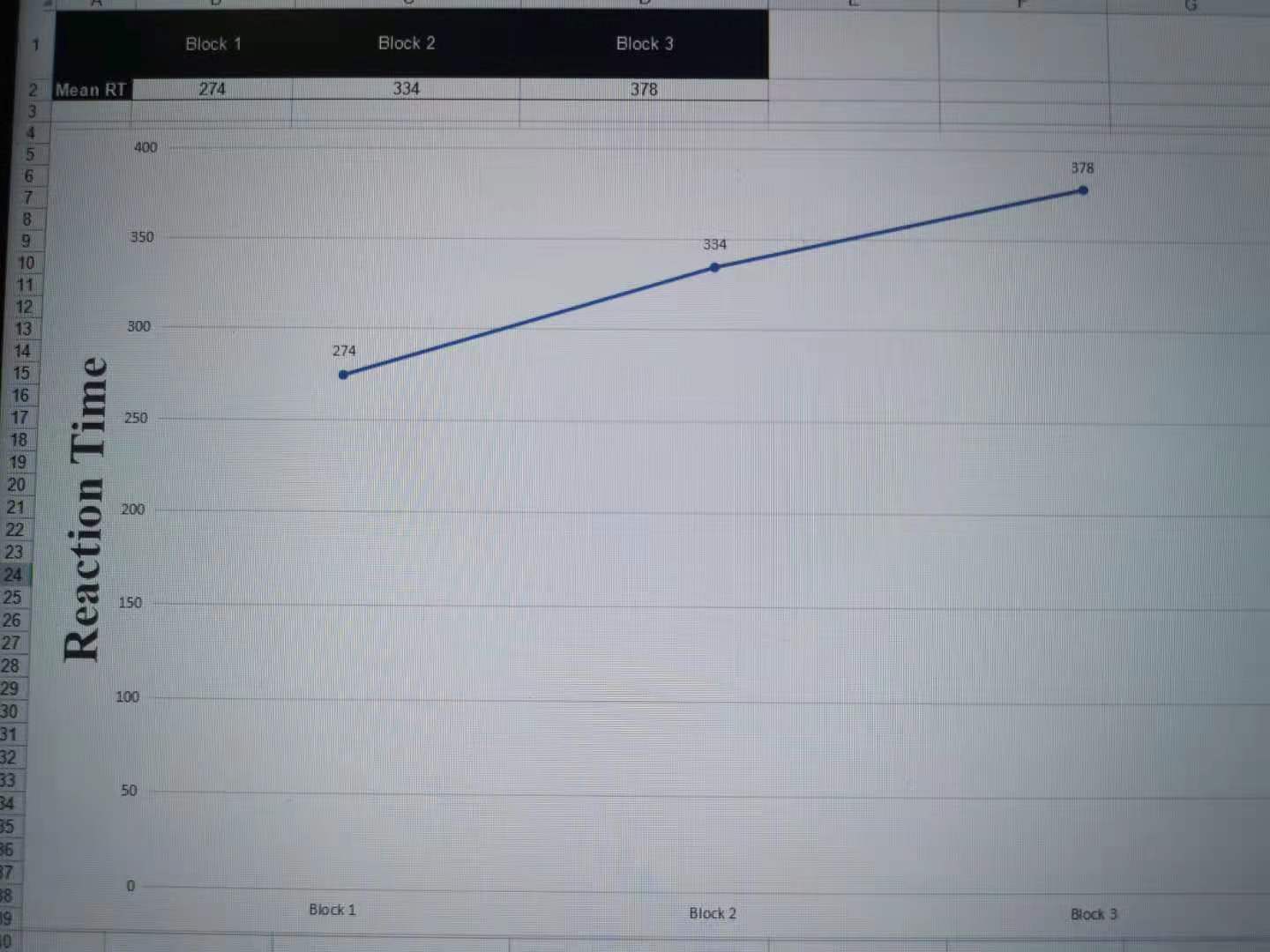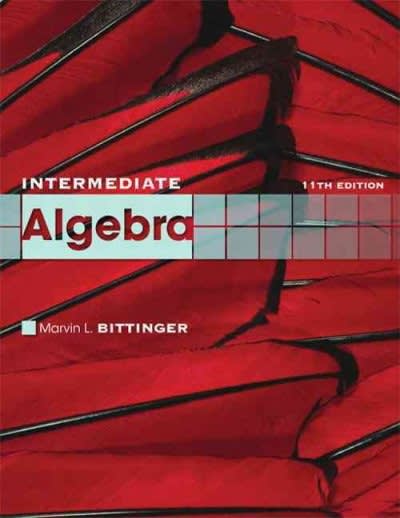Question
This question is about Probe Reaction Time from my lab Some information you might need to know: Measuring attention is difficult, as it is not
This question is about Probe Reaction Time from my lab
Some information you might need to know:
Measuring attention is difficult, as it is not possible to directly quantify the brain's ability to attend to and process information. Consequently, attention is typically determined indirectly by requiring the participant to simultaneously perform multiple tasks. As has been shown in previous labs, reaction time (RT) is affected by the quantity of information the brain has to process, and as such, this lab will examine the use of a probe reaction time experiment to infer attentional demands. The probe reaction time paradigm was first conceived by Posner & Keele in 1969 and requires participants to perform a primary task while simultaneously performing a secondary RT task. This allows the attentional demands of the primary task to be probed by the presentation of the secondary task. The attentional demands of the primary task are measured by determining the amount of attention left over to react to the secondary task. Consequently, an increased secondary task RT indicates an increased allocation of attentional resources to the primary task.
1)Block 1 (single task) = simple RT (baseline)
2)Block 2 (dual-task) = simple RT while counting forward by 1's
3)Block 3 (dual task) = simple RT while counting backward by 7's
For the dual-task conditions (Blocks 2 and 3), the counting task is the primary task and you should focus on performing it as quickly and accurately as possible.
This is how the experiment works:
- For Block 1, press any key when the circle turns green.
- For Block 2, count forward by 1's starting at the number shown on the screen. While counting press any key when the circle turns green. Note that counting is the primary task, and for this experiment to work it is important that you focus your attention on counting. Responding to the circle is the secondary (RT) task.
- For Block 3, count backward by 7's (starting at the number shown on the screen), and while counting press any key when the circle turns green.
In this lab, you'll investigate the attentional demands of counting (primary task) by using a secondary probe reaction time (RT) task. I will show the graph.
MY QUESTION: Explain how the probe RT paradigm allows for determination of the attentional demands of the primary task by measuring secondary task performance.

Step by Step Solution
There are 3 Steps involved in it
Step: 1

Get Instant Access to Expert-Tailored Solutions
See step-by-step solutions with expert insights and AI powered tools for academic success
Step: 2

Step: 3

Ace Your Homework with AI
Get the answers you need in no time with our AI-driven, step-by-step assistance
Get Started


